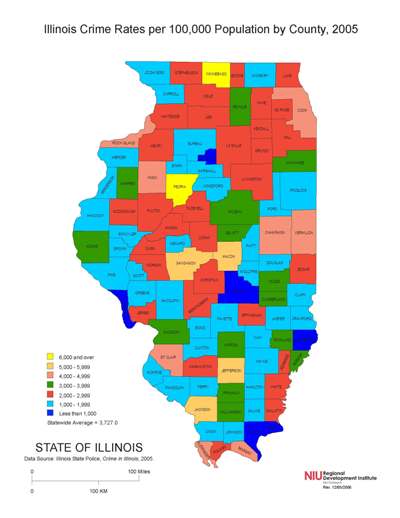From a press release:
DARIN LAHOOD FORMALLY ANOUNCES RUN FOR PEORIA COUNTY STATE’S ATTORNEY
Unveils five-point plan to revamp State’s Attorney’s office and reduce crime in Peoria County(Peoria, IL)—Darin LaHood, a Peoria attorney and former Federal prosecutor, formally announced today that he will seek the Peoria County State’s Attorney’s office in the November 2008 general election.
LaHood was joined at a Peoria City Hall news conference by his family, friends, and supporters. LaHood said that he would bring his years as a U.S. Justice Department prosecutor, his extensive courtroom experience, and his background in public service to the Peoria County State’s Attorney’s office to make it more effective in fighting crime.
At today’s news conference, LaHood also unveiled a five-point crime-fighting plan that he plans to implement when elected State’s Attorney. The plan calls for evaluating and improving programs in the State’s Attorney’s office, implementing crime-fighting programs in neighborhoods, and fostering a spirit of cooperation with officials and citizens who are interested in reducing the crime rate in Peoria County.
LaHood mentioned that over the past five years, Peoria County has had the highest crime rate of any county in the State of Illinois. He believes that the community needs a renewed emphasis on fighting crime, and that it must start in the State’s Attorney’s office.
Along with the press release was a crime statistic map. The counties highlighted in yellow have the most crime in the state. Click on the image below for a high-resolution PDF of this map:


 At the third of four District 150 forums last night, over two-thirds of those in attendance expressed their preference for smaller, neighborhood schools.
At the third of four District 150 forums last night, over two-thirds of those in attendance expressed their preference for smaller, neighborhood schools.